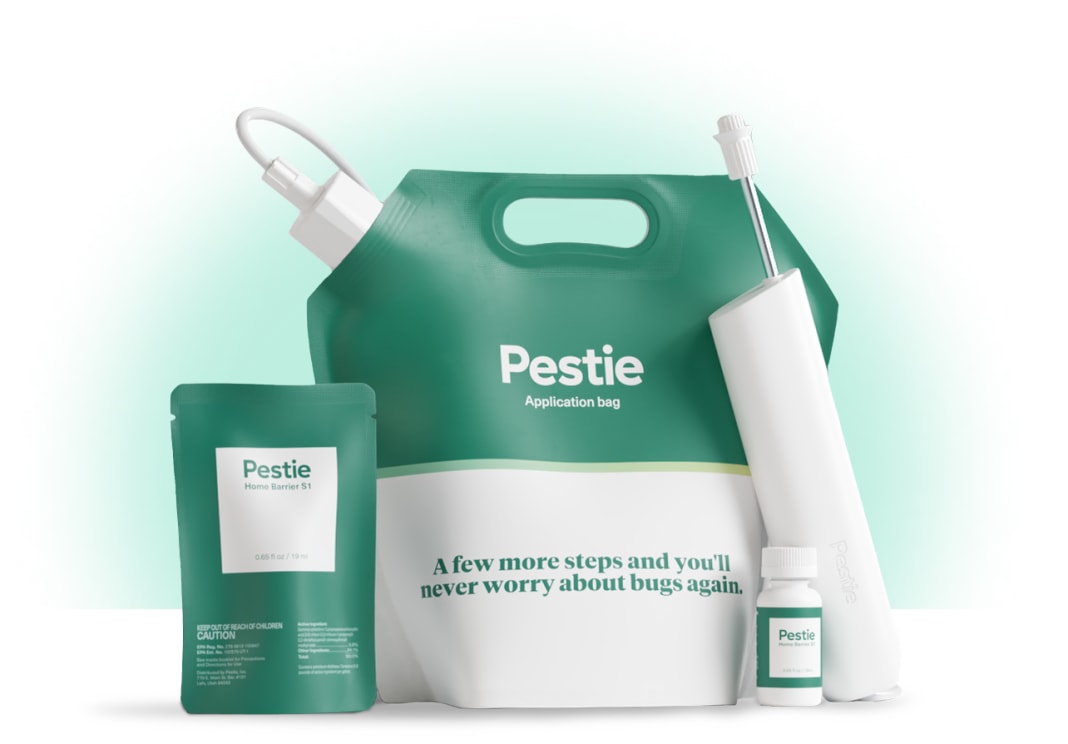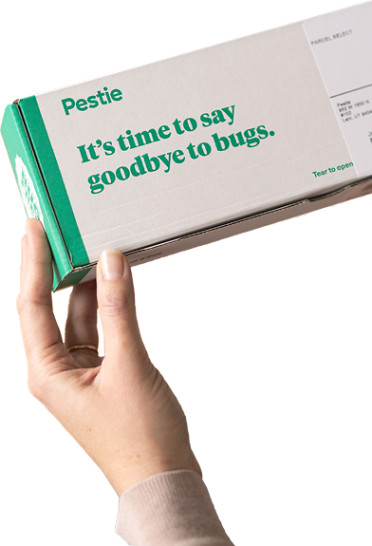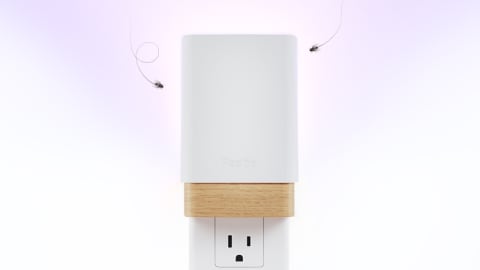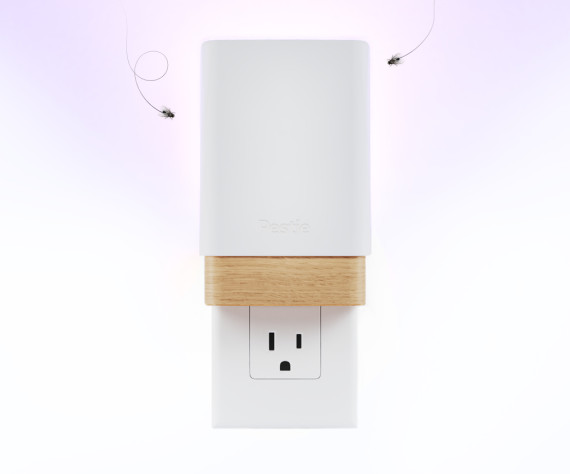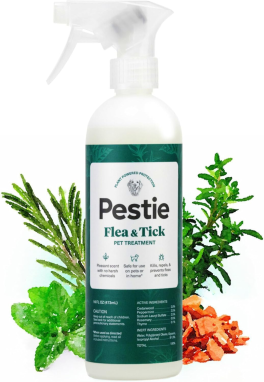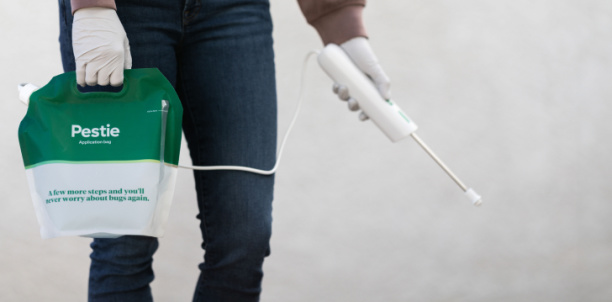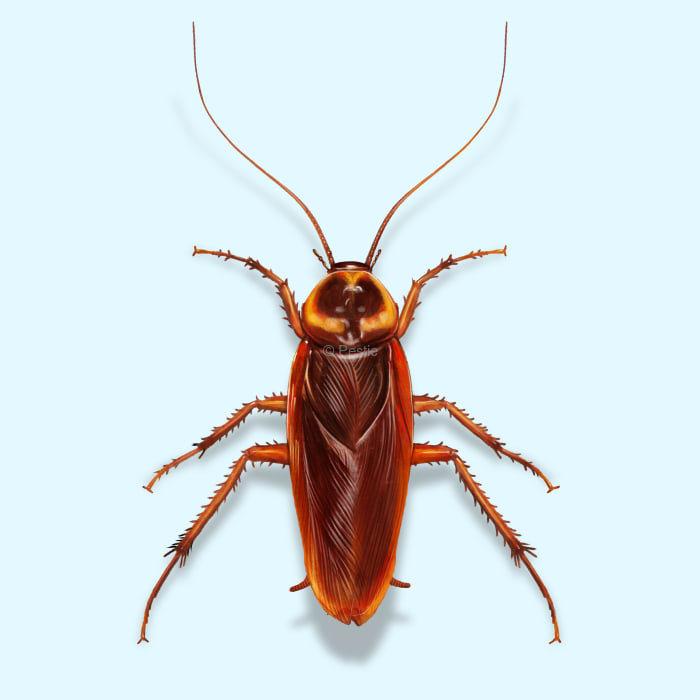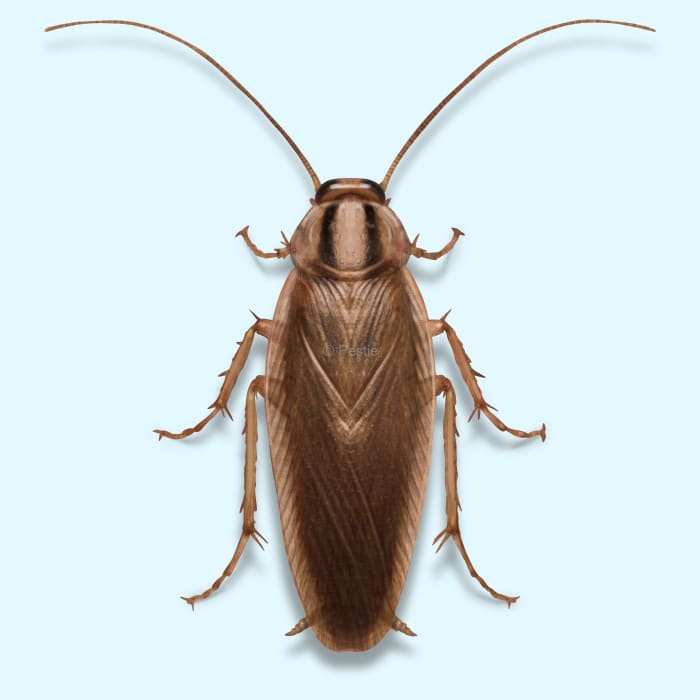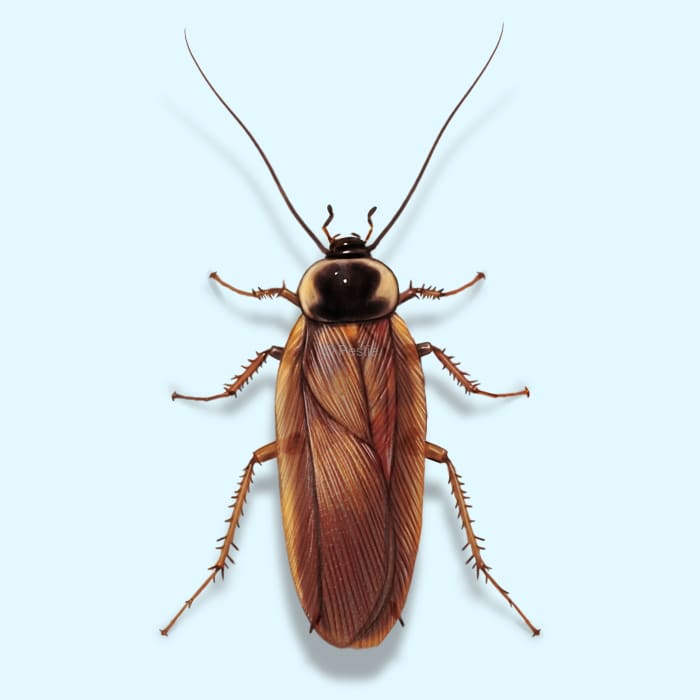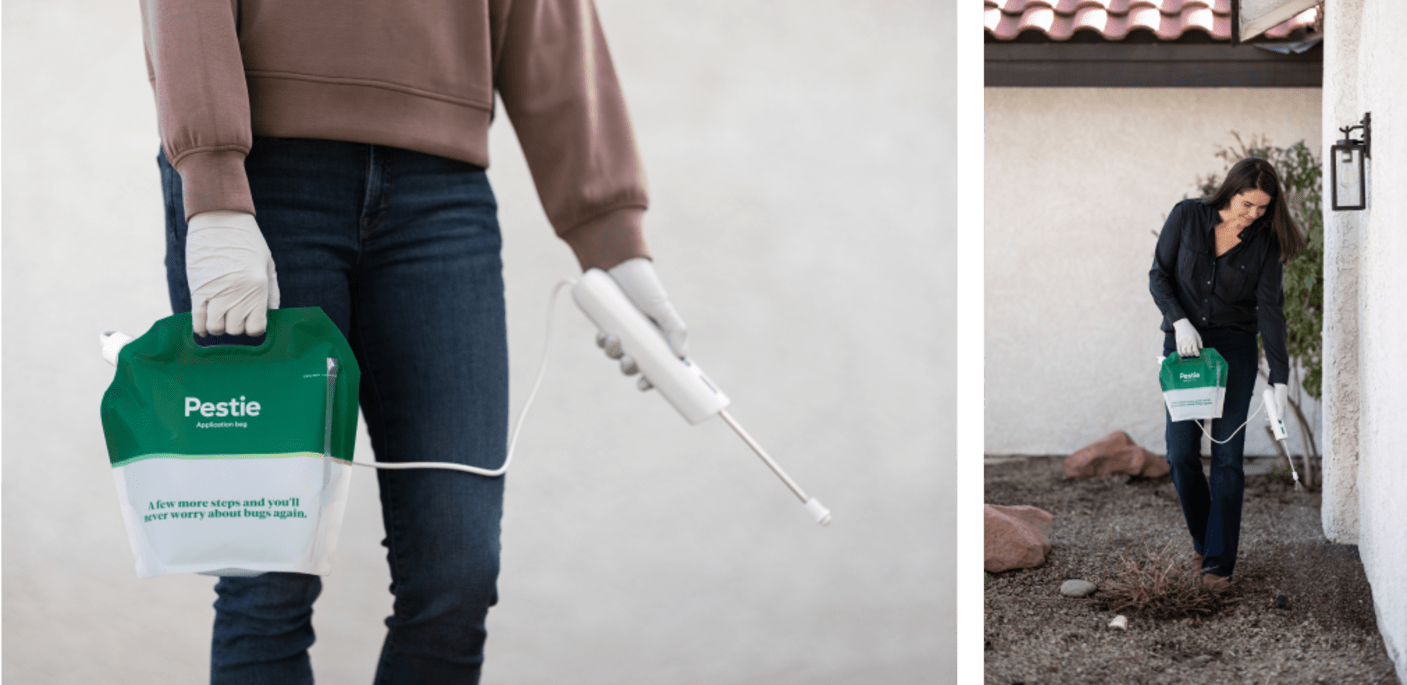How to identify and get rid of cockroaches
What’s got six legs and scurries when you turn on the light?
When it comes to the most despised pests in your home, cockroaches are at the top of the list. These insects are ubiquitous with filth and gross living conditions, but even the most sanitary homes can be susceptible to invasion.
Unfortunately, cockroaches are more than a nuisance that eats your trash and left-out food. They can carry some serious diseases, cause your home to smell pretty bad, and create allergic reactions in sensitive people.
Cockroaches are active at night, hiding during the day in concealed spaces. Females will lay eggs in a sealed pouch called an ootheca. She’ll put 18 to 30 eggs in the ootheca, and in her lifetime, she’ll lay anywhere from 4 to 20 oothecae. That’s a lot of cockroaches!
The young will eat almost anything, from garbage, feces, and grease to hair, paper, and dead animals or plants. The problem with this behavior is that they are crawling in all sorts of undesirable places, picking up pathogens along the way. Not only are their legs crawling with pathogens, but they regularly regurgitate their food while eating, passing those diseases onto exposed surfaces.
While there are over 50 species of cockroaches in the US, only five are common pests in homes.
How to identify cockroaches
It’s important to correctly identify a cockroach if you see one. That way, you can use the best tactics to get rid of it! Fortunately, different species of cockroaches share similar features. These include:
- Flat oval body
- Long antennae
- Shield-like structure behind head
- Membranous wings
- Nocturnal
Here are the five most common species of cockroaches that live indoors:
- German cockroach – ½ inch long, light brown with two stripes that run down between the head and wings
- American cockroach – 1.5-2 inches long, reddish-brown with a yellow band on the shield behind the head is commonly confused with the waterbug
- Oriental cockroach – 1 inch long, dark brown to black, short or absent wings
- Brownbanded cockroach – ½ inch long, light brown, with two bands going across the wings and abdomen
- Wood cockroach – 1 inch long, light brown, tan line runs behind the head and shield, attracted to lights
How many legs do cockroaches have?
Cockroaches are insects, so they have six legs. They are often spiny, and they can run quickly. Because of how their feet are designed, cockroaches can crawl on all sorts of surfaces, evening effortlessly running up walls or across ceilings.
Are cockroaches dangerous?
Cockroaches are disgusting, and it’s the filth they carry that makes them dangerous. They can be found crawling on garbage, feces, dead animals, or rotten food. They can passively pick up harmful bacteria, viruses, or even parasitic worms, including E. coli, Salmonella, Staphylococcus spp., Streptococcus spp., hepatitis virus, and coliform bacteria.
Additionally, cockroaches can cause allergic reactions in people with asthma or other breathing issues. These reactions and complications can be life-threatening for children or older adults.
How do cockroaches get in your house?
There are several ways cockroaches might be getting into your home. First, they can crawl through gaps, spaces, or openings around your home. They can also slip under doors or windows if they aren’t sealed properly.
Cockroaches also like to hitchhike on cardboard boxes that have been in storage areas or ride on bags, suitcases, or containers that have been in contact with a cockroach infestation.
If you live in an apartment complex, cockroaches could come from a neighbor’s home. Cockroaches have been known to travel through shared walls.
Fun fact
Cockroaches have two appendages on their abdomen, called cerci, that can detect puffs of air. When you try to squash or step on them, they can feel the air movement and escape before you can kill them!
How to get rid of cockroaches
Experts suggest three ways to eliminate cockroaches from your home: sanitation, monitoring, and control strategies.
Cockroaches thrive in messy, cluttered homes. You want to manage your home in a way that promotes cleanliness. That means:
- Cleaning up food spills
- Storing food in air-tight containers
- Keeping trash away from the home
- Repairing leaks
- Dry sinks, tubs, and animal water bowls each night
- Vacuuming cracks and crevices to remove food and debris
- Sealing cracks and crevices
- Replacing cardboard boxes with clear plastic bins
- Removing clutter
However, even with the best sanitation efforts, cockroaches can still find their way into your home. That’s where control strategies come in. You could try hiring a professional, but for a more cost-effective and hassle-free solution, consider Pestie. Pestie offers professional-grade pest control products and strategies that are easy to use and highly effective at keeping cockroaches and other pests at bay, including cockroach-specific treatments utilizing gel baits and sprays.
Treat cockroaches with Pestie
If you're still having trouble keeping cockroaches away, the best option is to use a pro-grade, effective pest control solution like Pestie.
Pestie is a do-it-yourself pest control solution that's specially designed to keep cockroaches and other pests away from your home.
With Pestie, you can rest easy knowing that your living space is protected and free of creepy crawlies. And the best part? It's designed for people, pets, and the planet, so you can say goodbye to harsh chemicals and hello to peace of mind!
- Save hundreds compared to traditional annual pest plans
- People, pet, and planet-friendly
- Pro-grade customized formulas
